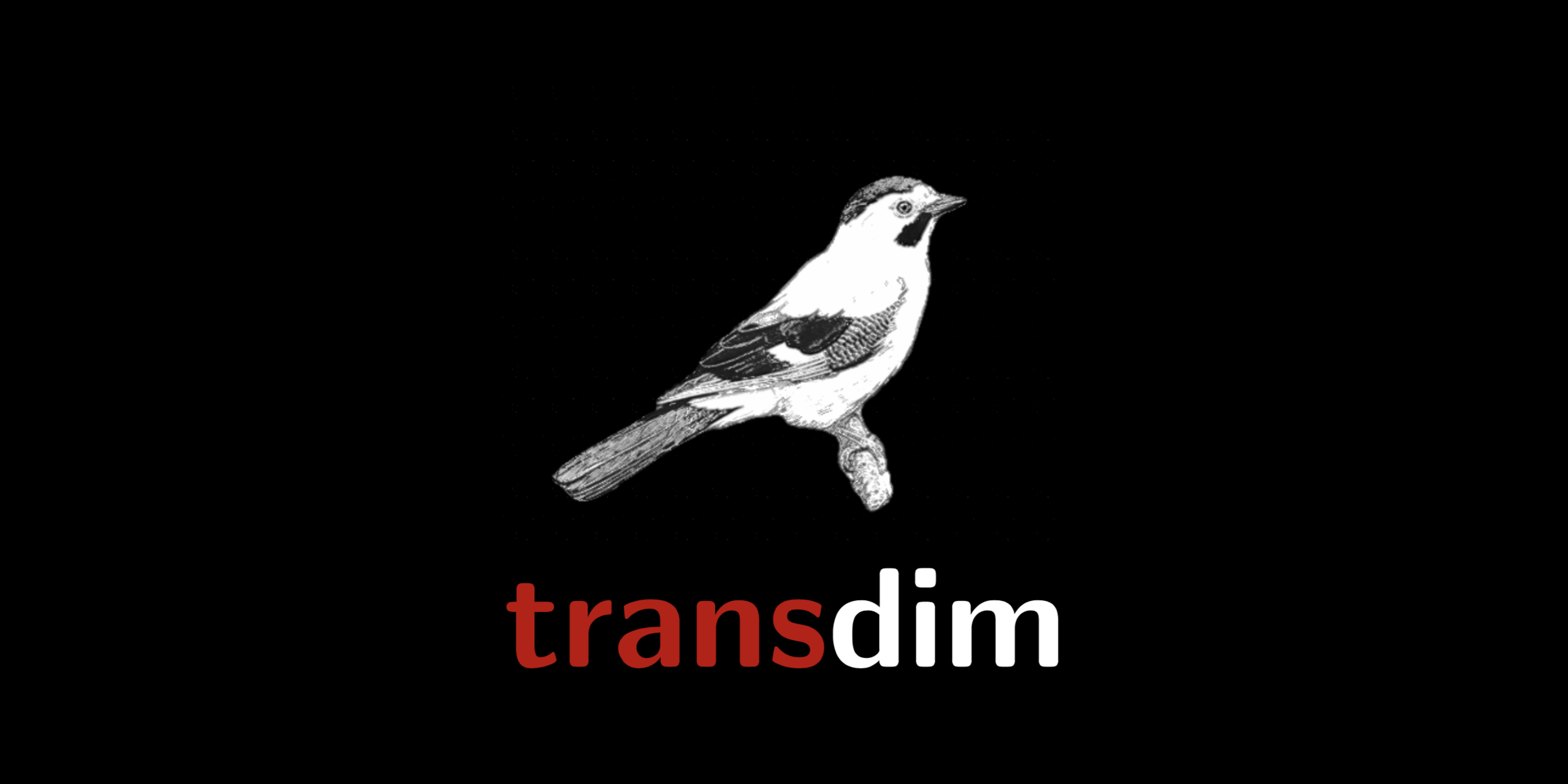Scalable Low-Rank Tensor Learning for Spatiotemporal Traffic Data Imputation
Missing value problem in spatiotemporal traffic data has long been a challenging topic, in particular for large-scale and high-dimensional data with complex missing mechanisms and diverse degrees of missingness. Recent studies based on tensor nuclear norm have demonstrated the superiority of tensor learning in imputation tasks by effectively characterizing the complex correlations/dependencies in spatiotemporal data. However, despite the promising results, these approaches do not scale well to large data tensors. In this paper, we focus on addressing the missing data imputation problem for large-scale spatiotemporal traffic data. To achieve both high accuracy and efficiency, we develop a scalable tensor learning model -- Low-Tubal-Rank Smoothing Tensor Completion (LSTC-Tubal) -- based on the existing framework of Low-Rank Tensor Completion, which is well-suited for spatiotemporal traffic data that is characterized by multidimensional structure of location$\times$ time of day $\times$ day. In particular, the proposed LSTC-Tubal model involves a scalable tensor nuclear norm minimization scheme by integrating linear unitary transformation. Therefore, tensor nuclear norm minimization can be solved by singular value thresholding on the transformed matrix of each day while the day-to-day correlation can be effectively preserved by the unitary transform matrix. We compare LSTC-Tubal with state-of-the-art baseline models, and find that LSTC-Tubal can achieve competitive accuracy with a significantly lower computational cost. In addition, the LSTC-Tubal will also benefit other tasks in modeling large-scale spatiotemporal traffic data, such as network-level traffic forecasting.
PDF Abstract

